Home>Articles>How Do You Know When Smoke Detector Battery Is Low
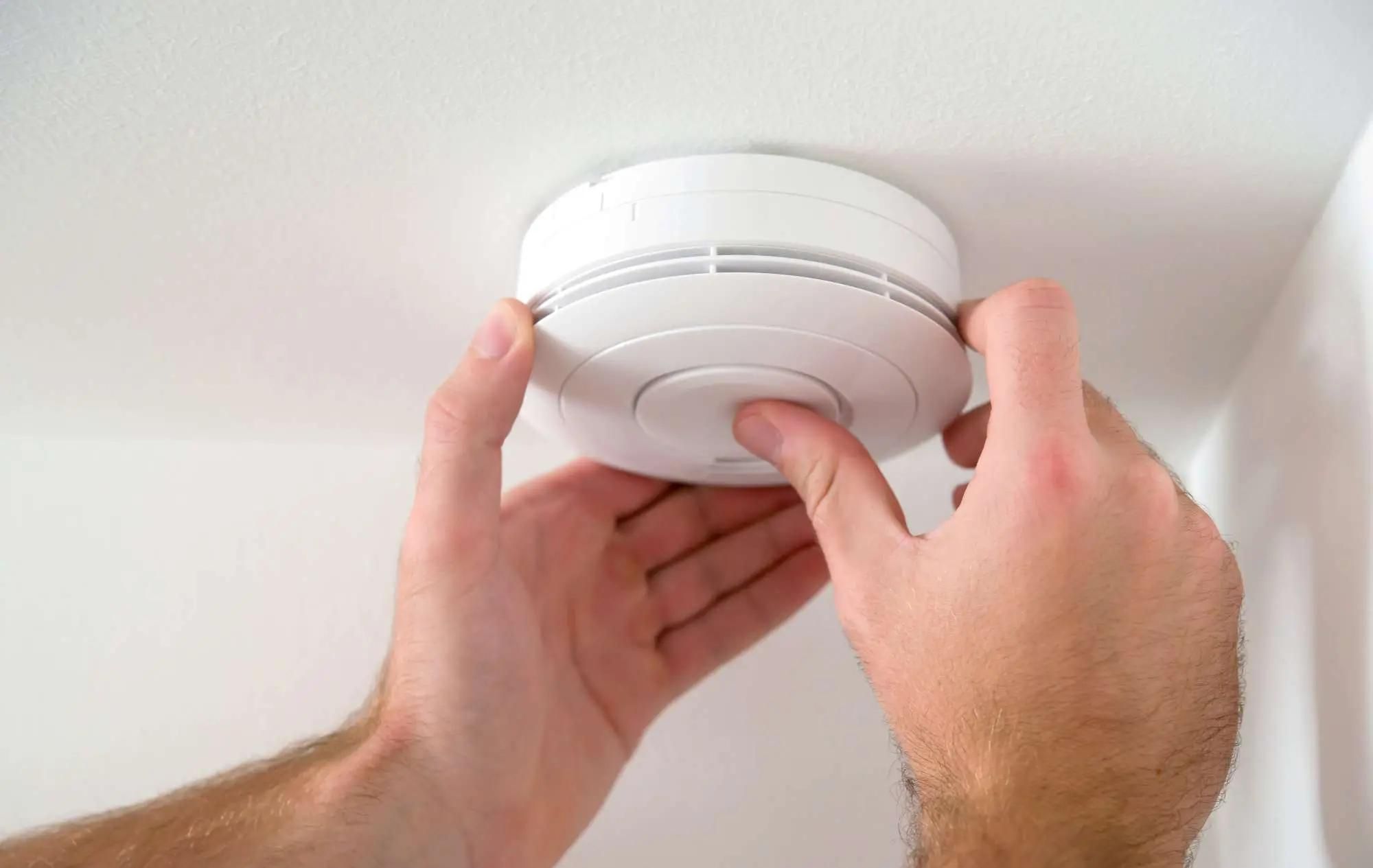

Articles
How Do You Know When Smoke Detector Battery Is Low
Modified: February 24, 2024
Learn how to determine when the battery in your smoke detector is running low. Read our informative articles on smoke detector maintenance and battery replacement.
(Many of the links in this article redirect to a specific reviewed product. Your purchase of these products through affiliate links helps to generate commission for Storables.com, at no extra cost. Learn more)
Introduction
Smoke detectors are a crucial component of any home’s safety system, alerting occupants to the presence of smoke and potential fire hazards. These devices rely on batteries to power them and ensure their functionality. However, over time, smoke detector batteries can lose their charge, posing a risk of the device not operating effectively when needed the most.
Knowing when the smoke detector battery is low is essential for maintaining the safety of your home and loved ones. This article aims to provide you with the necessary knowledge to identify the signs of a low smoke detector battery and take timely action to keep your smoke alarms working optimally.
Key Takeaways:
- Regularly testing and maintaining smoke detectors is crucial for home safety. Look out for signs of low battery and replace them promptly to ensure optimal functionality.
- The beeping/chirping sound, test button errors, and inconsistent alarm activation are key signs of low smoke detector battery. Address these promptly for home safety.
Importance of Smoke Detector Batteries
Smoke detector batteries play a critical role in ensuring the effectiveness of these life-saving devices. Here are a few reasons why smoke detector batteries are of utmost importance:
- Early Detection: Smoke detectors equipped with fresh and fully charged batteries can quickly detect the presence of smoke and sound the alarm, providing occupants with valuable time to evacuate the premises. This early warning can save lives and prevent extensive property damage.
- Continuous Protection: Unlike hardwired smoke detectors, which are connected to the home’s electrical system, battery-operated smoke detectors offer uninterrupted protection, even during power outages. This is particularly crucial in situations where fires may occur due to electrical malfunctions or other reasons.
- Easy Installation and Flexibility: Battery-powered smoke detectors are easy to install and can be placed in various locations throughout the home without the need for wiring connections. This flexibility allows for optimal coverage and increased safety.
- Reliability: Regularly checking and replacing smoke detector batteries ensures the reliability of these devices. It gives homeowners the reassurance that the smoke detectors are functioning correctly and will provide timely warnings in the event of a fire.
Understanding the importance of smoke detector batteries emphasizes the need for regular maintenance and vigilance when it comes to battery replacement. Neglecting this critical aspect can compromise the effectiveness of your smoke detectors and put your household at risk.
Signs of a Low Smoke Detector Battery
It is crucial to be aware of the signs that indicate a low smoke detector battery. This will help ensure that your smoke alarms are always ready to detect smoke and provide early warnings. Here are some common signs to look out for:
- Beeping or Chirping Sound: One of the most prominent indicators of a low smoke detector battery is the beeping or chirping sound. When the battery power is low, the smoke detector emits periodic beeps or chirps. This sound serves as a reminder to replace the battery promptly.
- Test Button Error: Another sign of a low smoke detector battery is an error or failure response when pressing the test button. If the smoke detector does not sound the alarm or fails to produce a loud, audible sound during the test, it is likely due to a low battery.
- Inconsistent Alarm Activation: If your smoke detector’s alarm is not regularly triggered during cooking or other activities that may generate smoke, it could be a sign of a low battery. A fully functioning smoke detector should respond consistently to the presence of smoke.
- Dim or Flickering Indicator Light: Some smoke detectors feature an indicator light to signify their operational status. If you notice that the light is dim or flickering, it may indicate a low battery. This can vary depending on the make and model of your smoke detector, so consult the manufacturer’s manual for specific information.
- Aging Batteries: It is important to note that even if your smoke detector is not displaying any obvious signs of low battery, it is recommended to replace the batteries at least once a year or according to the manufacturer’s instructions. This is to ensure the optimal performance of the smoke alarms.
Being attentive to these signs will help you identify when to replace your smoke detector batteries promptly. Regularly testing and maintaining your smoke detectors is essential for the safety of your home and everyone residing in it.
Beeping or Chirping Sound
One of the most common and unmistakable signs that your smoke detector battery is low is the persistent beeping or chirping sound emitted by the device. This sound is designed to serve as an alert, notifying you that the battery needs to be replaced.
When the battery voltage drops to a certain level, the smoke detector’s built-in alarm mechanism triggers the beeping or chirping sound. It is important not to ignore or dismiss this sound, as it is a clear indication that the battery is running low on power and may no longer be able to effectively operate the smoke detector.
The pattern and frequency of the beeping or chirping may vary depending on the specific model of your smoke detector. Some devices emit a short beep every few minutes, while others may produce a continuous chirping sound. It is essential to consult the user manual or manufacturer’s instructions to determine the exact meaning of the sound produced by your smoke detector.
When you hear the beeping or chirping sound, do not attempt to disable or silence the smoke detector. Instead, take immediate action to replace the battery. Ignoring the low battery warning can put your household at risk, as the smoke detector may fail to function properly in the event of a fire.
Replacing the battery is a relatively simple task. Start by turning off the power to the smoke detector by removing it from its mounting bracket or disconnecting it from the power source. Carefully open the cover of the smoke detector to access the battery compartment. Remove the old battery and replace it with a new one, making sure to align the positive and negative terminals correctly. Finally, close the cover and re-attach the smoke detector to its mounting bracket or restore power to the device.
Remember to choose high-quality batteries that are compatible with your smoke detector. It is recommended to opt for long-lasting batteries that have a longer lifespan, reducing the frequency of replacements and ensuring reliable performance.
By promptly addressing the beeping or chirping sound and replacing the battery, you can maintain the optimal functioning of your smoke detector and ensure the safety of your home and loved ones.
Test Button Error
The test button on a smoke detector is designed to simulate a smoke event, allowing homeowners to verify that the device is in proper working condition. However, when the smoke detector battery is low, pressing the test button may result in an error or failure response.
If you notice that your smoke detector is not producing a loud, audible sound during the test, or if it fails to sound the alarm altogether, it is likely a sign that the battery is nearing the end of its life. The test button error is an unmistakable indication that the battery power is insufficient to activate the smoke detection mechanism.
When conducting a test of your smoke detector, it is essential to follow the manufacturer’s instructions carefully. Typically, it involves pressing and holding the test button for a few seconds until you hear a loud alarm sound. If no sound or only a weak response is detected, it is time to replace the battery.
Replacing the battery in your smoke detector is relatively straightforward. Start by turning off the power to the device by removing it from its mounting bracket or disconnecting it from the power source. Open the cover to access the battery compartment and remove the old battery. Insert a fresh battery, ensuring the correct alignment of the positive and negative terminals. Finally, close the cover and re-attach the smoke detector to its mounting bracket or restore power to the device.
It is vital to use high-quality batteries that are compatible with your specific smoke detector model. Opt for batteries with a long lifespan to minimize the need for frequent replacements and ensure optimal performance.
Regularly testing your smoke detectors, including checking the functioning of the test button, is crucial for the overall maintenance and reliability of these life-saving devices. Responding promptly to any test button errors and replacing the battery accordingly will help ensure that your smoke detectors are always ready to detect smoke and provide early warnings in the event of a fire.
Replace your smoke detector batteries at least once a year, or when you hear the low battery chirp. Test your smoke detector monthly to ensure it’s working properly.
Inconsistent Alarm Activation
Smoke detectors are designed to detect the presence of smoke and trigger the alarm to alert occupants of a potential fire hazard. When the smoke detector battery is low, you may notice inconsistent alarm activation, which can be a cause for concern.
A fully functional smoke detector should respond consistently to the presence of smoke, promptly sounding the alarm to warn occupants of a potential fire. However, when the battery is running low, the smoke detector’s ability to detect smoke may be compromised, leading to inconsistent or delayed alarm activation.
If you observe that your smoke detector is not consistently activating the alarm during activities that may generate smoke, such as cooking or when testing with smoke alarm test aerosol, it could be an indication that the battery needs to be replaced. This inconsistency in alarm activation suggests that the smoke detector may no longer be operating optimally to provide reliable smoke detection.
Replacing the battery in your smoke detector should be done promptly to ensure consistent and accurate detection. Begin by turning off the power to the smoke detector, either by removing it from its mounting bracket or disconnecting it from the power source. Open the cover to access the battery compartment and remove the old battery. Insert a new battery, ensuring correct alignment of the positive and negative terminals. Finally, close the cover and reattach the smoke detector to its mounting bracket or restore power to the device.
It is important to use high-quality batteries that are recommended for your specific smoke detector model. Opt for long-lasting batteries with a longer lifespan to minimize frequent replacements and ensure reliable performance.
In addition to replacing the battery, regular testing and maintenance of your smoke detectors are critical. Test your smoke detectors monthly to ensure they are functioning correctly and respond consistently to the presence of smoke. Follow the manufacturer’s instructions for testing and perform any recommended maintenance procedures as outlined in the user manual.
By addressing the inconsistent alarm activation and promptly replacing the battery, you can maintain the reliable performance of your smoke detectors and enhance the safety of your household.
Regular Testing and Maintenance
Ensuring the optimal performance of your smoke detectors goes beyond just replacing the batteries. Regular testing and maintenance are essential to ensure these life-saving devices are ready to detect smoke and provide early warnings in the event of a fire.
Here are some important steps to follow for regular testing and maintenance of your smoke detectors:
- Monthly Testing: It is recommended to test your smoke detectors at least once a month. Test each detector individually by pressing and holding the test button until the alarm sounds. If the alarm doesn’t sound or is weak, replace the batteries as necessary and retest. This monthly testing helps ensure that the smoke detectors are functioning correctly and can detect smoke effectively.
- Regular Cleaning: Dust, dirt, and debris can accumulate on the sensors of your smoke detectors over time, which can impede their effectiveness. Use a vacuum cleaner attachment or a soft brush to gently clean the sensors and remove any accumulated dust. Avoid using chemicals or cleaning agents as they can damage the sensors. Regular cleaning helps maintain the sensitivity of the smoke detectors.
- Check for Obstructions: Make sure there are no objects blocking the sensors or the vents of your smoke detectors. Obstructions can prevent the smoke from reaching the sensors and reduce the effectiveness of the detectors. Keep the area around the smoke detectors clear to allow for proper airflow and unobstructed detection.
- Replace Expired Detectors: Smoke detectors have a limited lifespan, typically around 10 years. It’s important to check the manufacturing date or expiration date on your smoke detectors and replace them accordingly. Expired detectors may not function correctly and may not provide reliable smoke detection. Replace them with new, up-to-date models to ensure optimal performance.
- Review Manufacturer’s Instructions: Familiarize yourself with the manufacturer’s instructions for your specific smoke detector model. They will provide valuable information on the recommended maintenance tasks, testing procedures, and any specific requirements for your detectors. Follow these instructions to ensure proper care and maintenance of your smoke detectors.
Regular testing and maintenance of your smoke detectors should be incorporated into your household routine. It’s a small investment of time that can greatly contribute to the safety and well-being of your family.
Remember, smoke detectors are your first line of defense against fires. Maintaining their functionality through regular testing and maintenance is essential for ensuring their reliability when you most need them.
Replacing Smoke Detector Batteries
To ensure the continuous and reliable operation of your smoke detectors, it is crucial to replace their batteries as needed. Here are the steps to follow when replacing the batteries in your smoke detectors:
- Locate the Smoke Detectors: Identify the locations of all the smoke detectors in your home. They are typically installed on the ceiling or high on the walls, near bedrooms, and in common areas like hallways and living rooms.
- Prepare the Replacement Batteries: Purchase high-quality, long-lasting batteries that are compatible with your specific smoke detector model. It is recommended to use alkaline batteries for optimal performance. Check the manufacturer’s instructions or user manual for the recommended battery type and size.
- Turn off the Power: Before replacing the batteries, it is important to turn off the power to the smoke detectors. This can be done by either removing them from their mounting brackets or disconnecting them from the power source. If your smoke detectors are hardwired, you might need to turn off the circuit breaker associated with them.
- Open the Smoke Detector Cover: Carefully remove the cover of the smoke detector. This can usually be done by rotating or sliding the cover off, depending on the model. Take caution not to damage any wires or other components inside.
- Remove the Old Batteries: Locate the battery compartment inside the smoke detector. Depending on the model, you may need to remove a plastic tab or clip to access the batteries. Remove the old batteries from the compartment, taking note of their orientation.
- Insert the New Batteries: Insert the fresh batteries into the compartment, ensuring proper alignment of the positive (+) and negative (-) terminals as indicated. Some smoke detectors have specific orientations, so refer to the instructions or markings inside the battery compartment if needed.
- Close the Cover: Once the new batteries are securely in place, close the cover of the smoke detector. Ensure that it is properly aligned and securely attached to the device.
- Restore Power: If you removed the smoke detectors from their mounting brackets or disconnected them from the power source, reattach them or restore power to the devices. This will activate the smoke detectors and ensure they are ready to detect smoke.
- Test the Smoke Detectors: After replacing the batteries, test each smoke detector individually by pressing and holding the test button. If the alarm sounds loudly and clearly, it indicates that the smoke detector is functioning correctly. If not, double-check the battery installation and repeat the test.
- Set a Reminder: Note the date of the battery replacement and set a reminder to replace them again in the future. It is generally recommended to replace smoke detector batteries at least once a year, or as specified by the manufacturer.
By following these steps and regularly replacing the batteries in your smoke detectors, you can ensure their dependability and the safety of your home and loved ones.
Conclusion
Smoke detectors are vital for safeguarding your home and protecting your family from the dangers of fire. Maintaining the functionality of these life-saving devices is crucial, and that includes paying attention to the status of their batteries. By being aware of the signs of a low smoke detector battery and taking timely action, you can ensure that your smoke alarms are always ready to detect smoke and provide early warnings.
Throughout this article, we discussed the importance of smoke detector batteries, the signs of a low battery, and the necessary steps to replace them. We highlighted key indicators such as the beeping or chirping sound, test button errors, and inconsistent alarm activation. These signs serve as crucial reminders to replace the batteries and maintain the functionality of your smoke detectors.
In addition, we emphasized the significance of regular testing and maintenance. Monthly testing, cleaning the detectors, checking for obstructions, and replacing expired detectors are key maintenance steps to ensure optimum performance. Following the manufacturer’s instructions and guidelines is essential to properly care for your smoke detectors.
By replacing smoke detector batteries and regularly testing and maintaining these devices, you are taking proactive steps to enhance the safety of your home. These preventive measures can make a significant difference in providing early warnings and saving lives in the event of a fire.
Remember, smoke detectors are not to be taken for granted. They are an essential part of your home’s safety system. So, stay vigilant, replace batteries as needed, and keep your smoke detectors in optimal working condition. By doing so, you can have peace of mind knowing that you are prepared to protect your home and loved ones from the risks of fire.
Frequently Asked Questions about How Do You Know When Smoke Detector Battery Is Low
Was this page helpful?
At Storables.com, we guarantee accurate and reliable information. Our content, validated by Expert Board Contributors, is crafted following stringent Editorial Policies. We're committed to providing you with well-researched, expert-backed insights for all your informational needs.
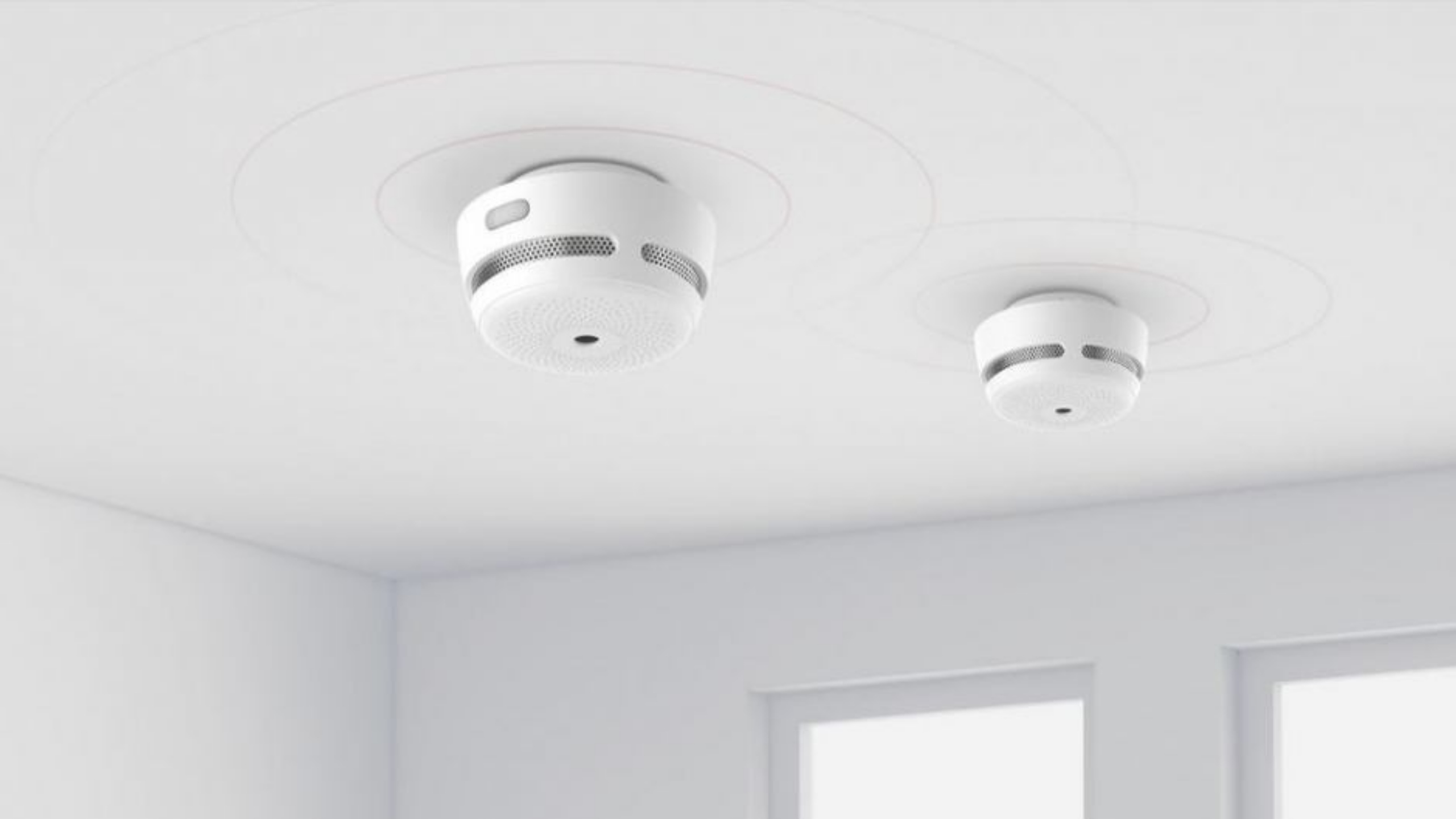
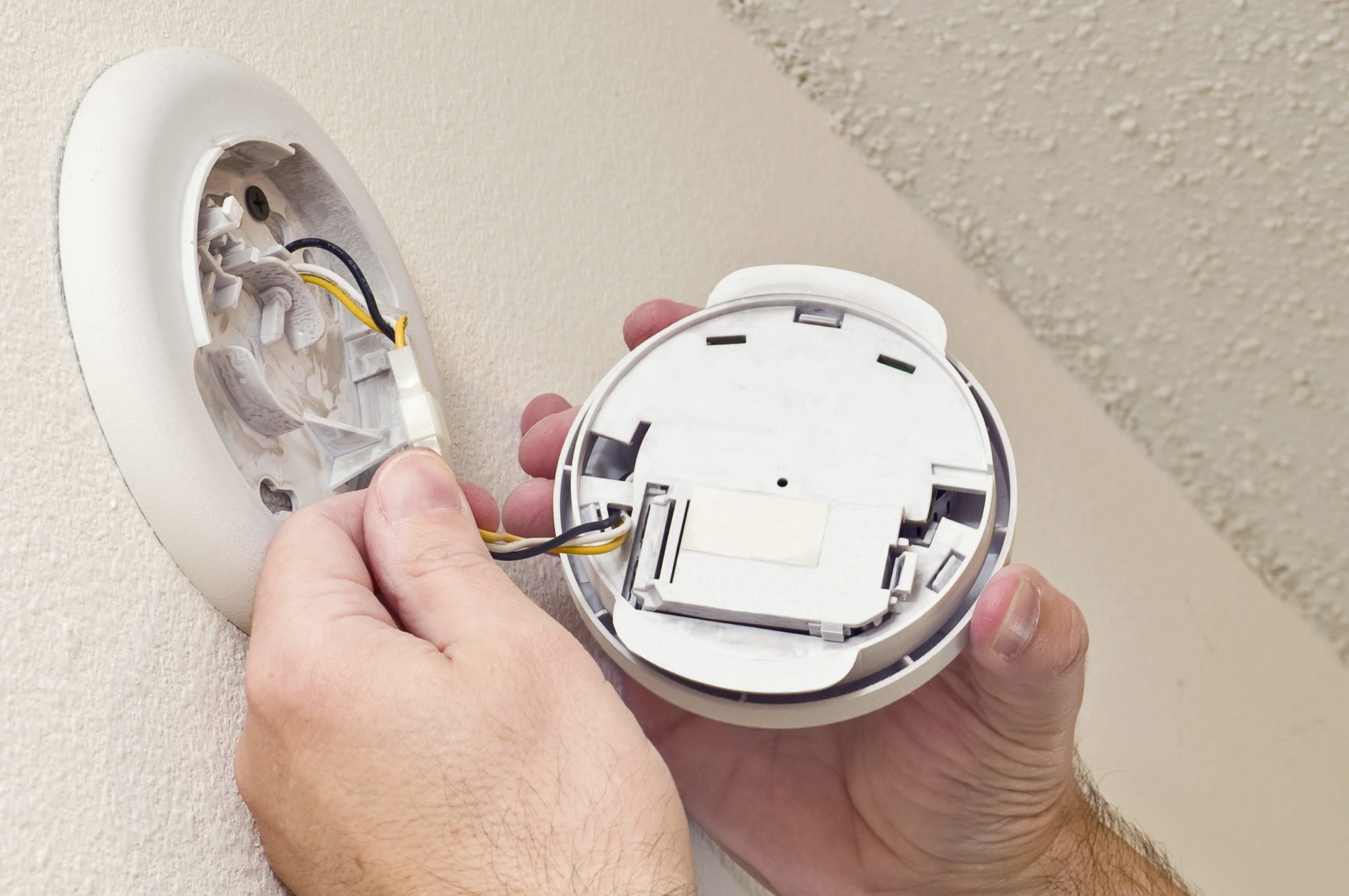
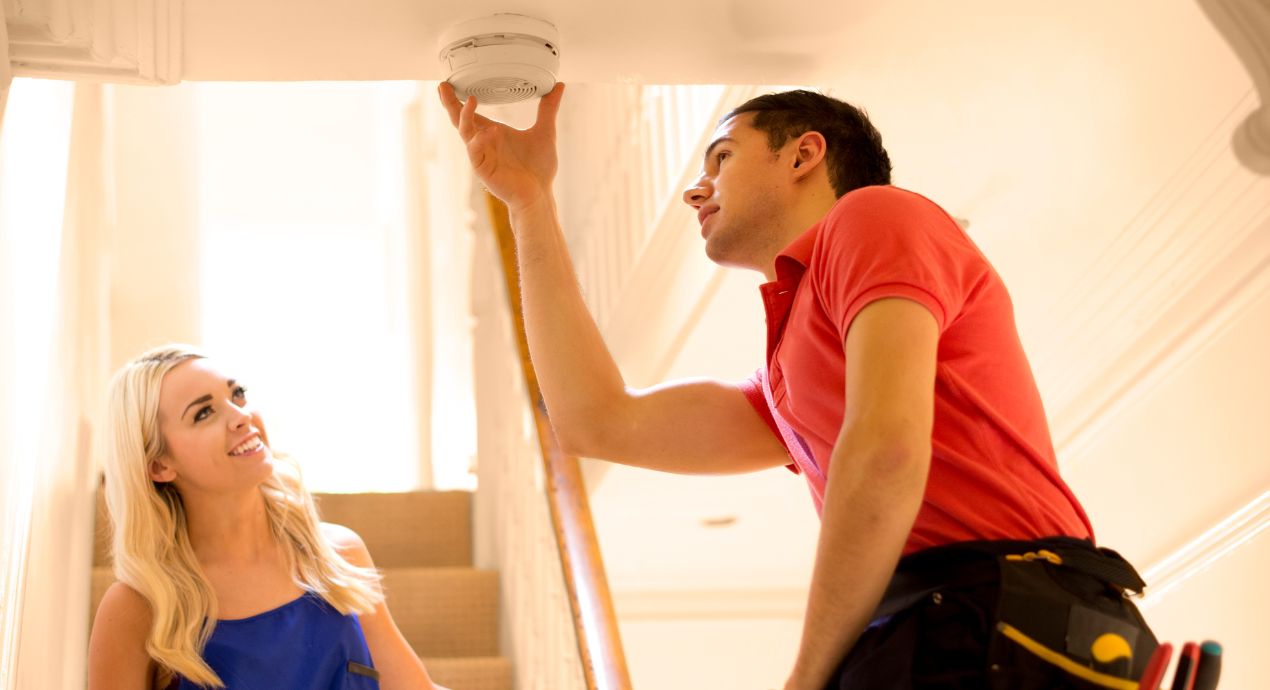
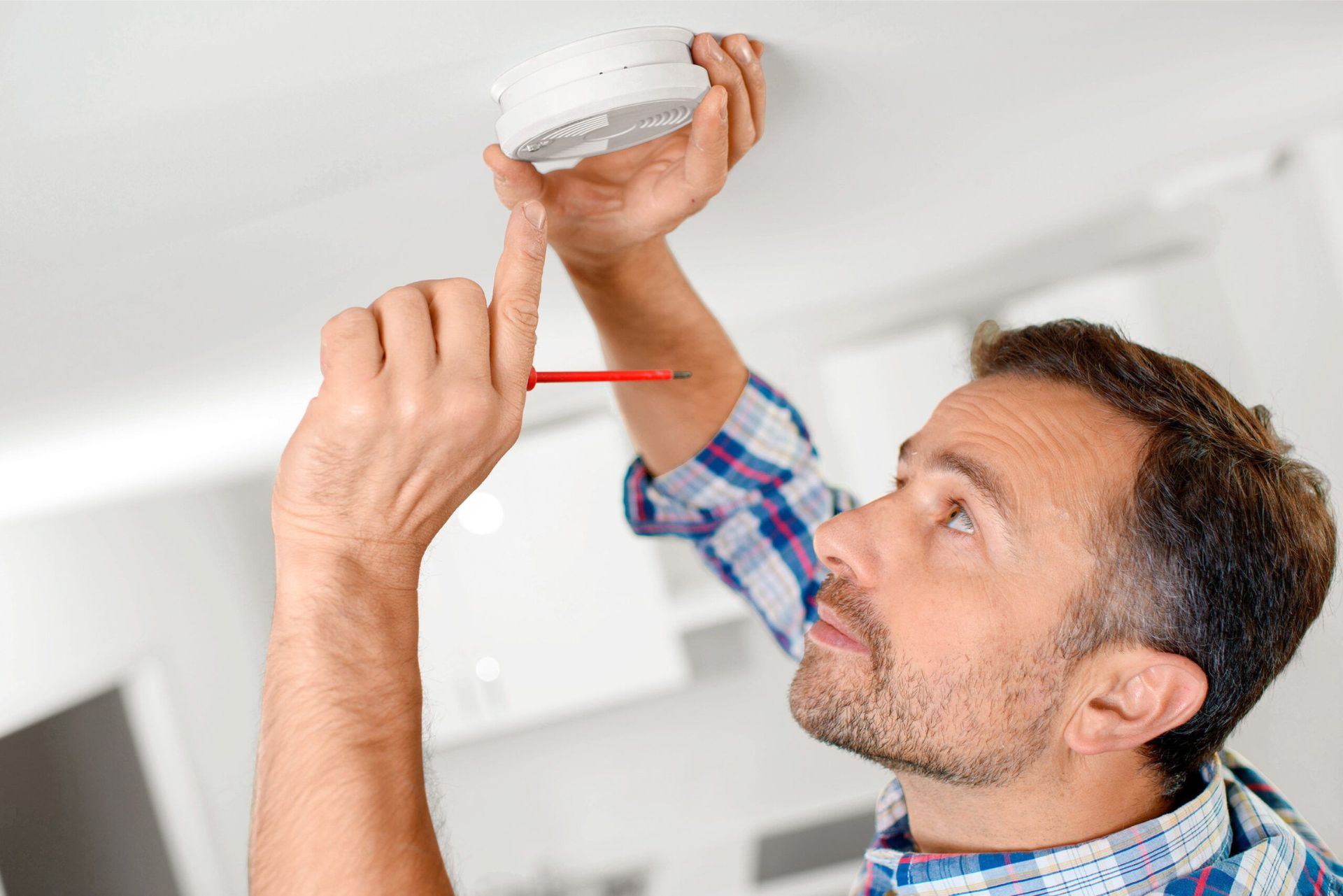
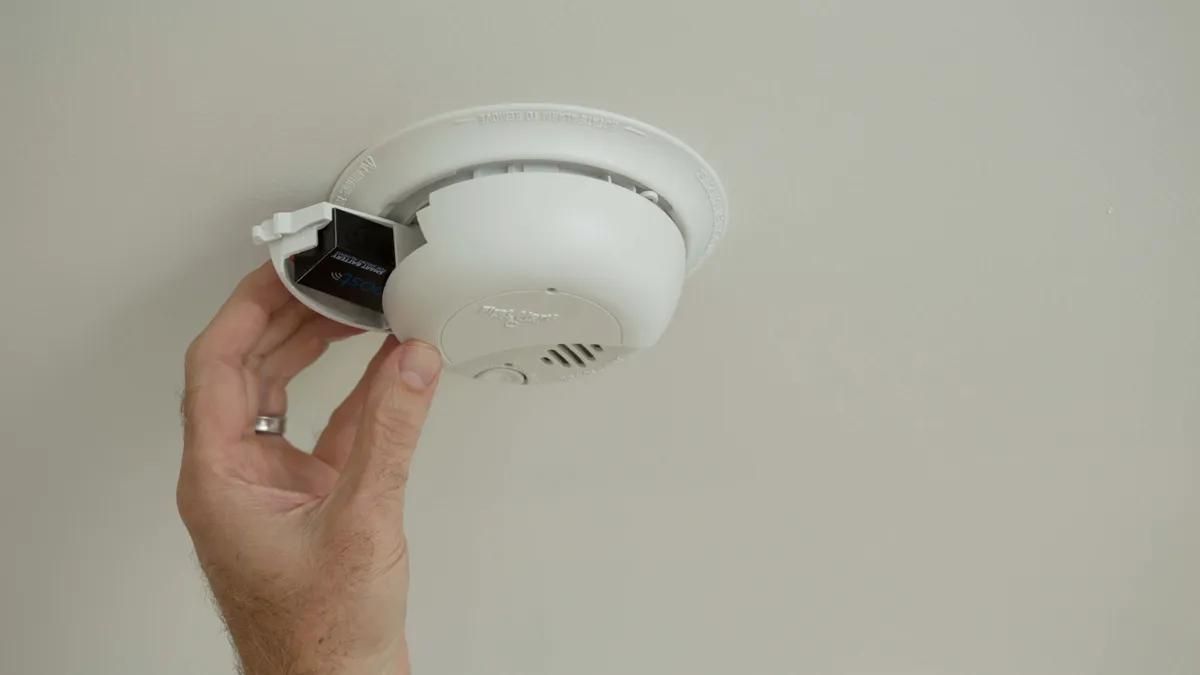
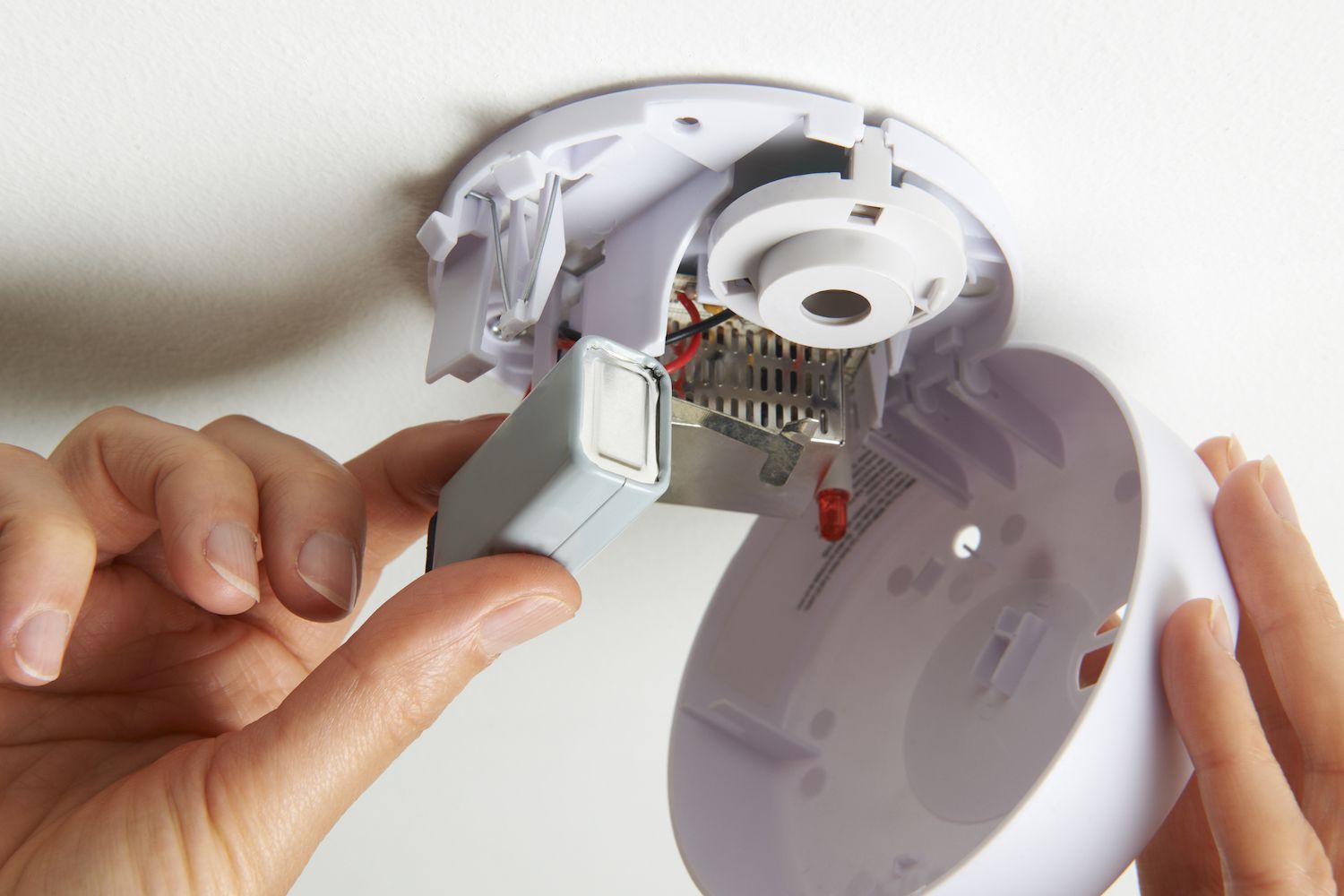
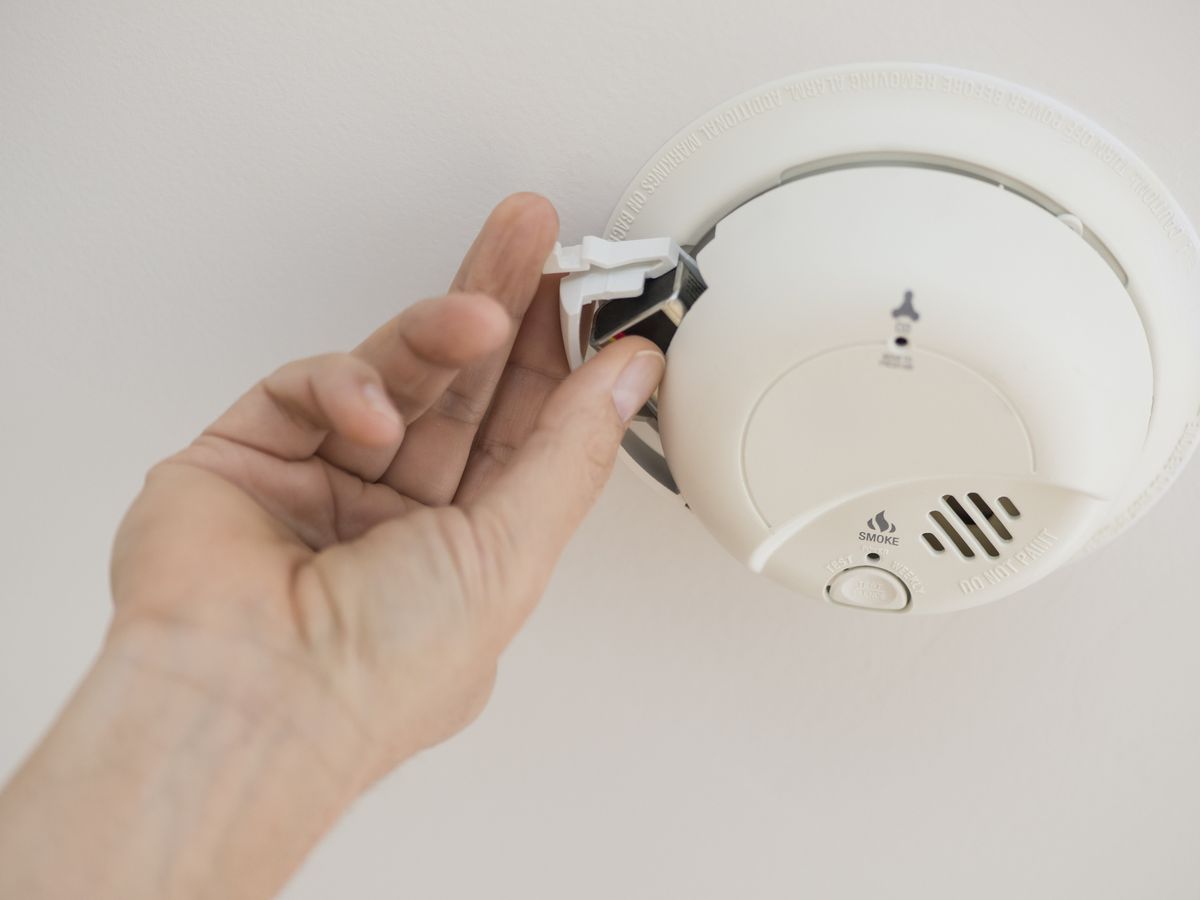
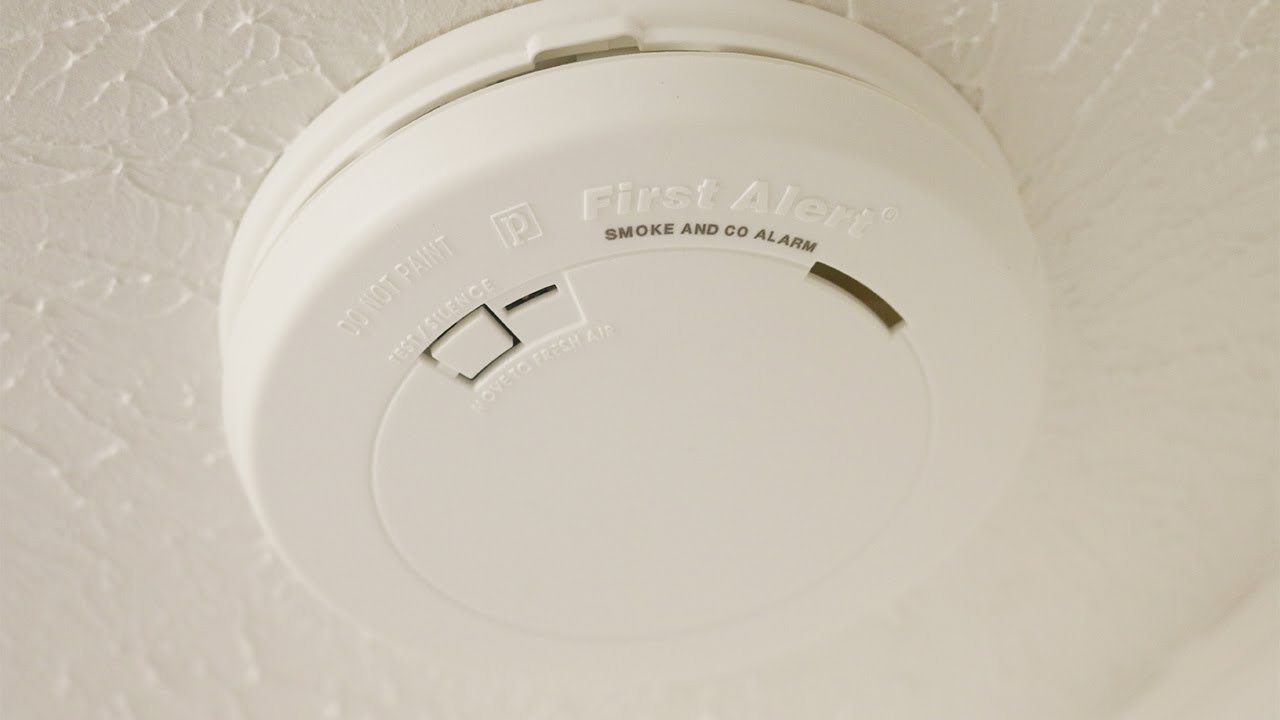
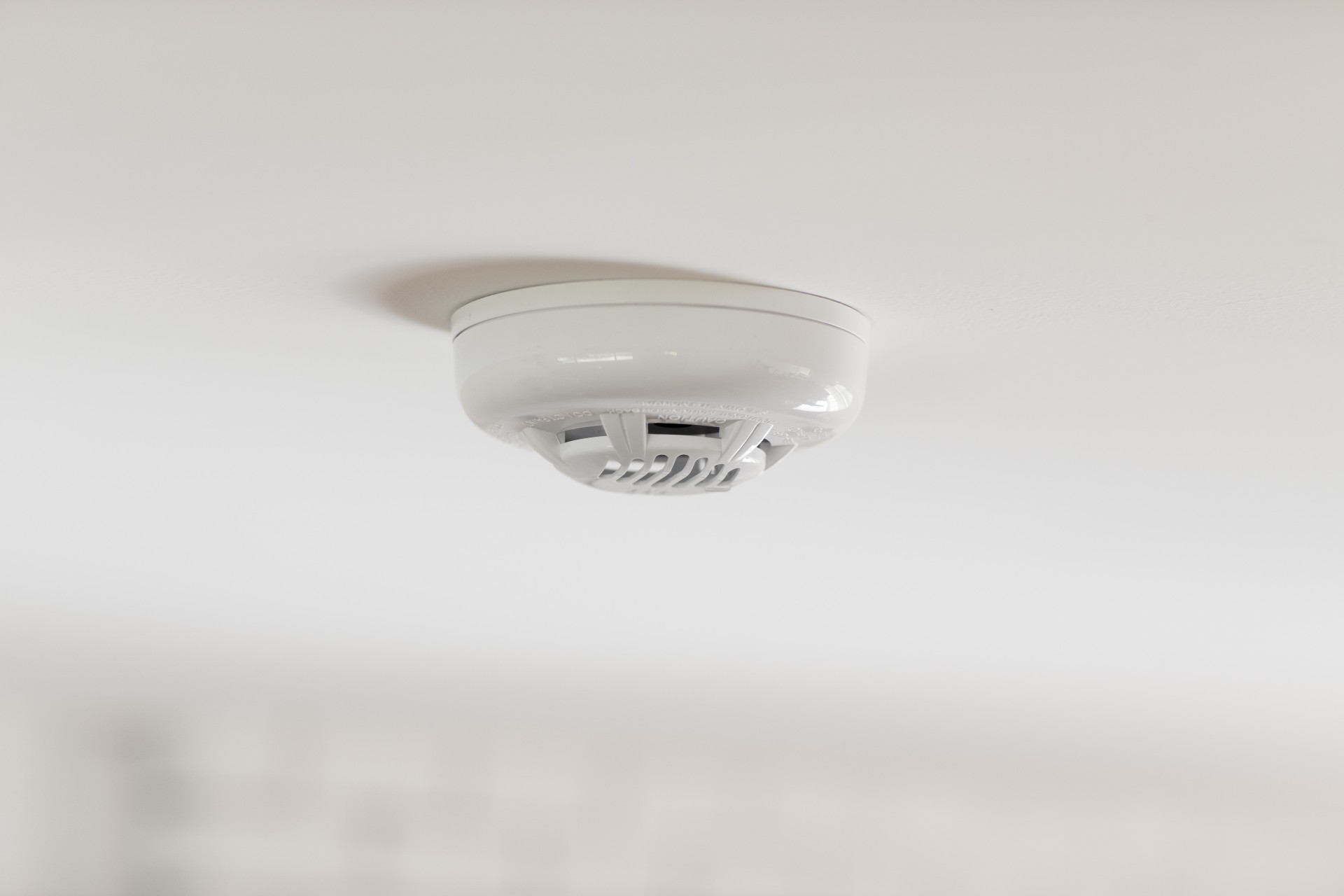
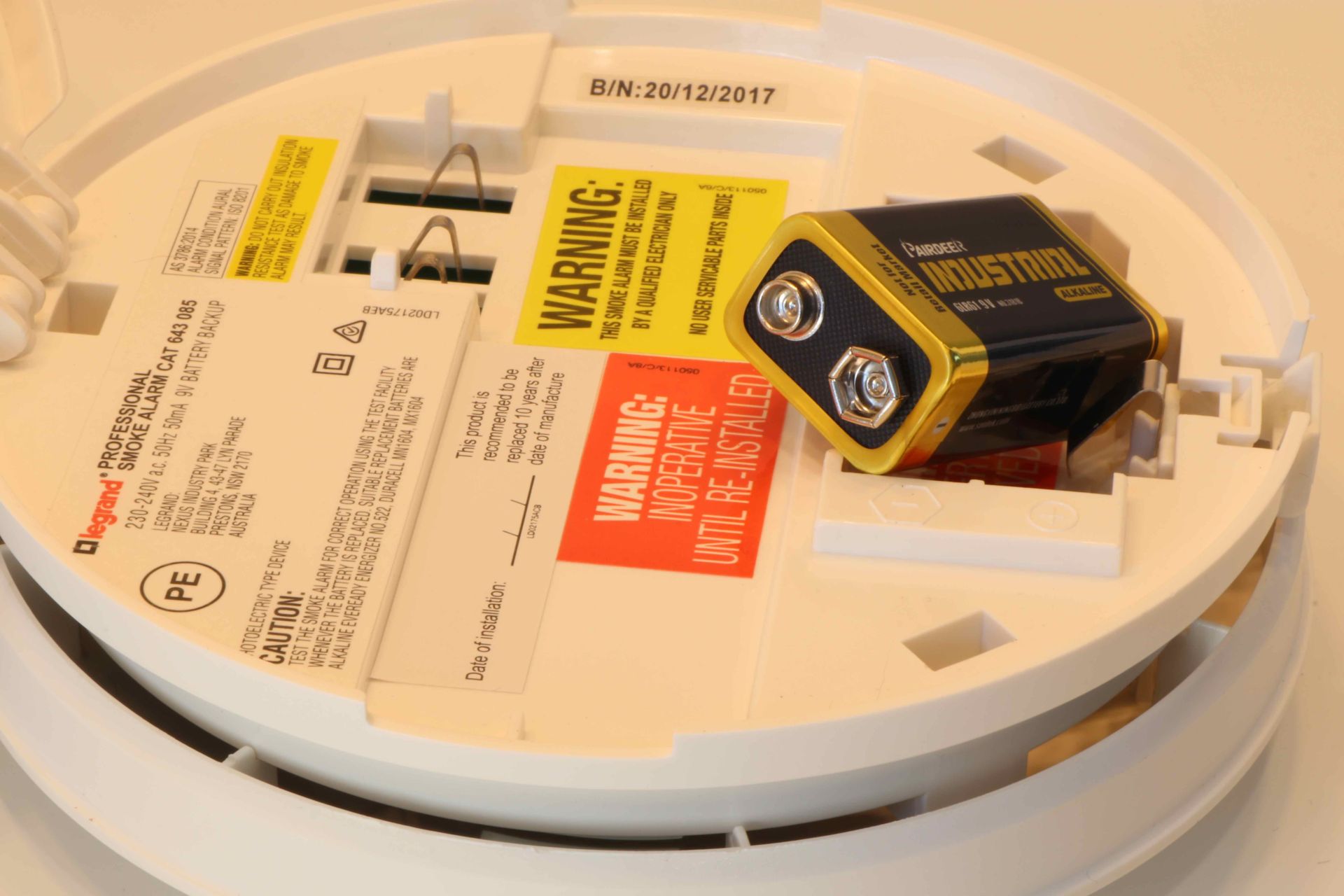
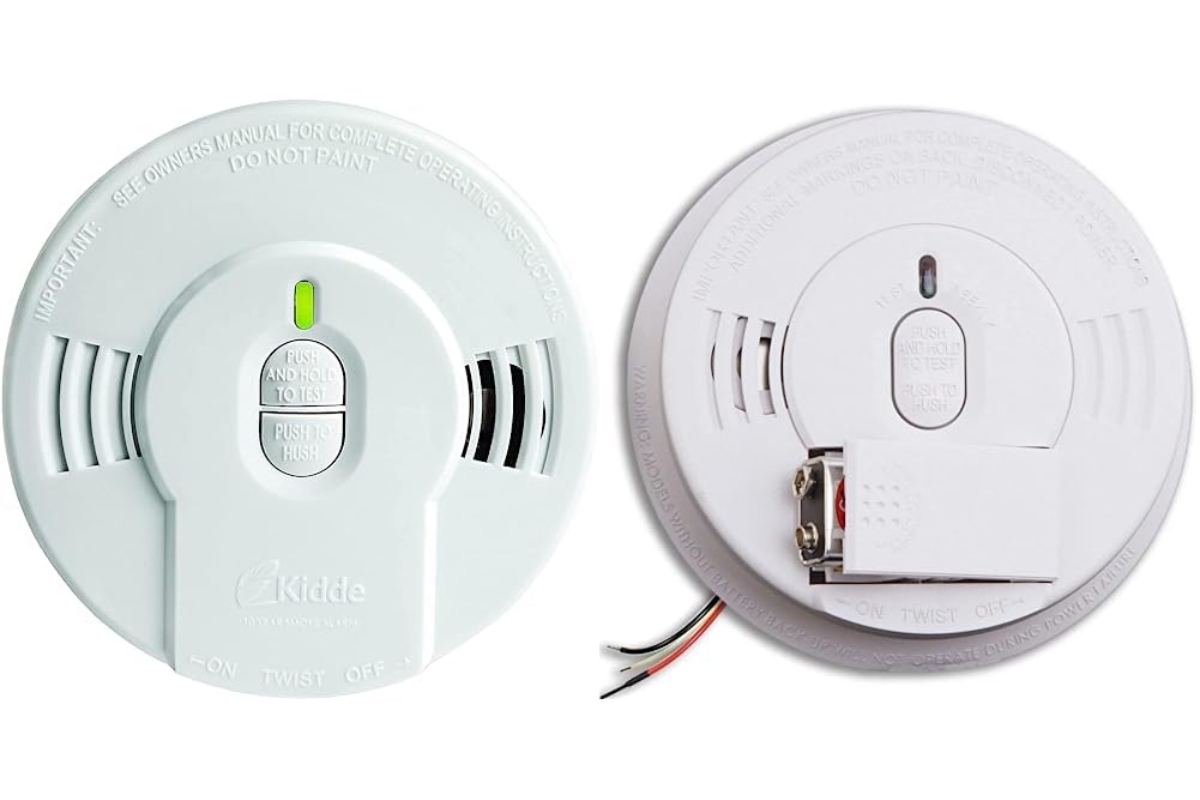
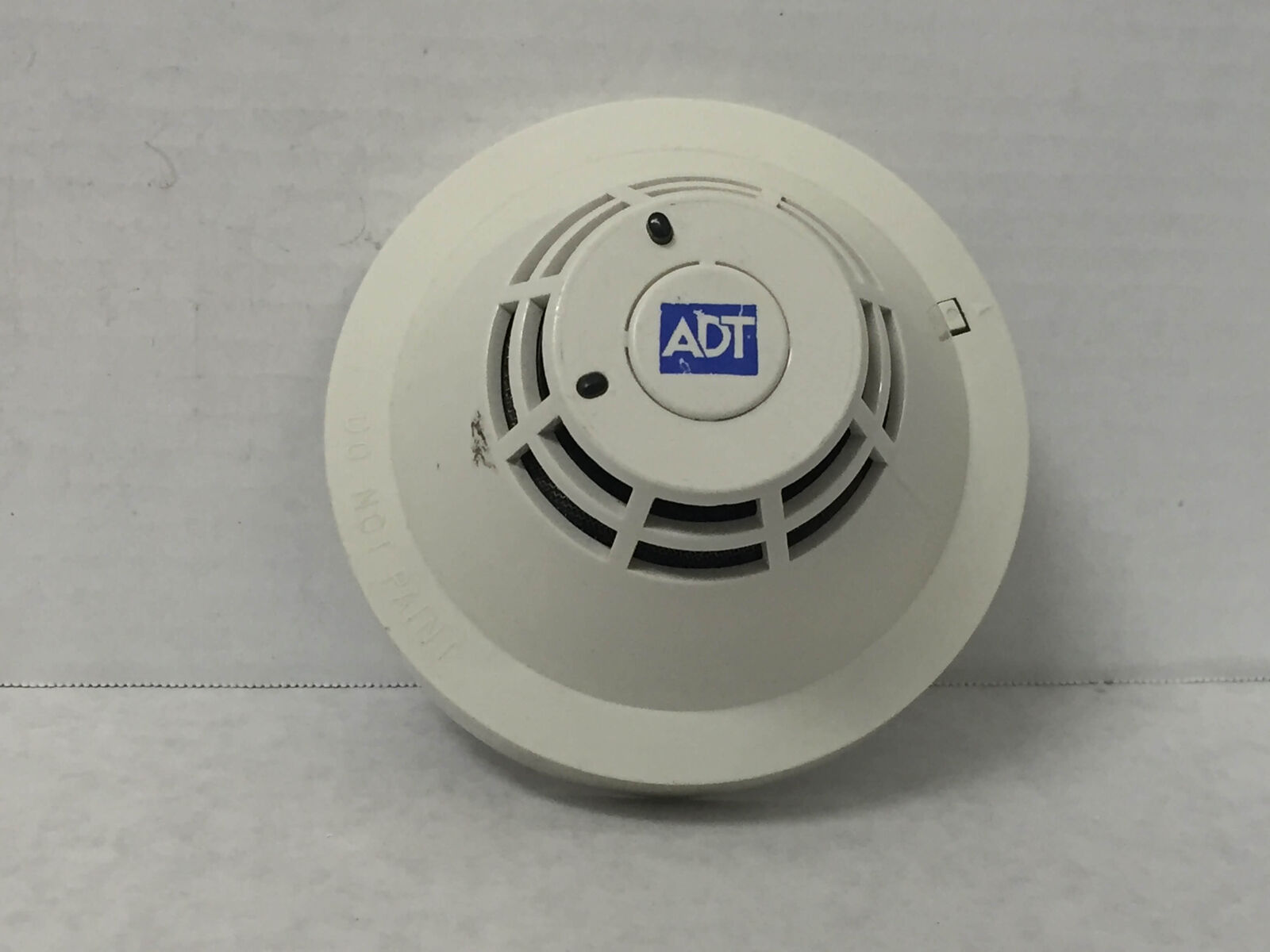
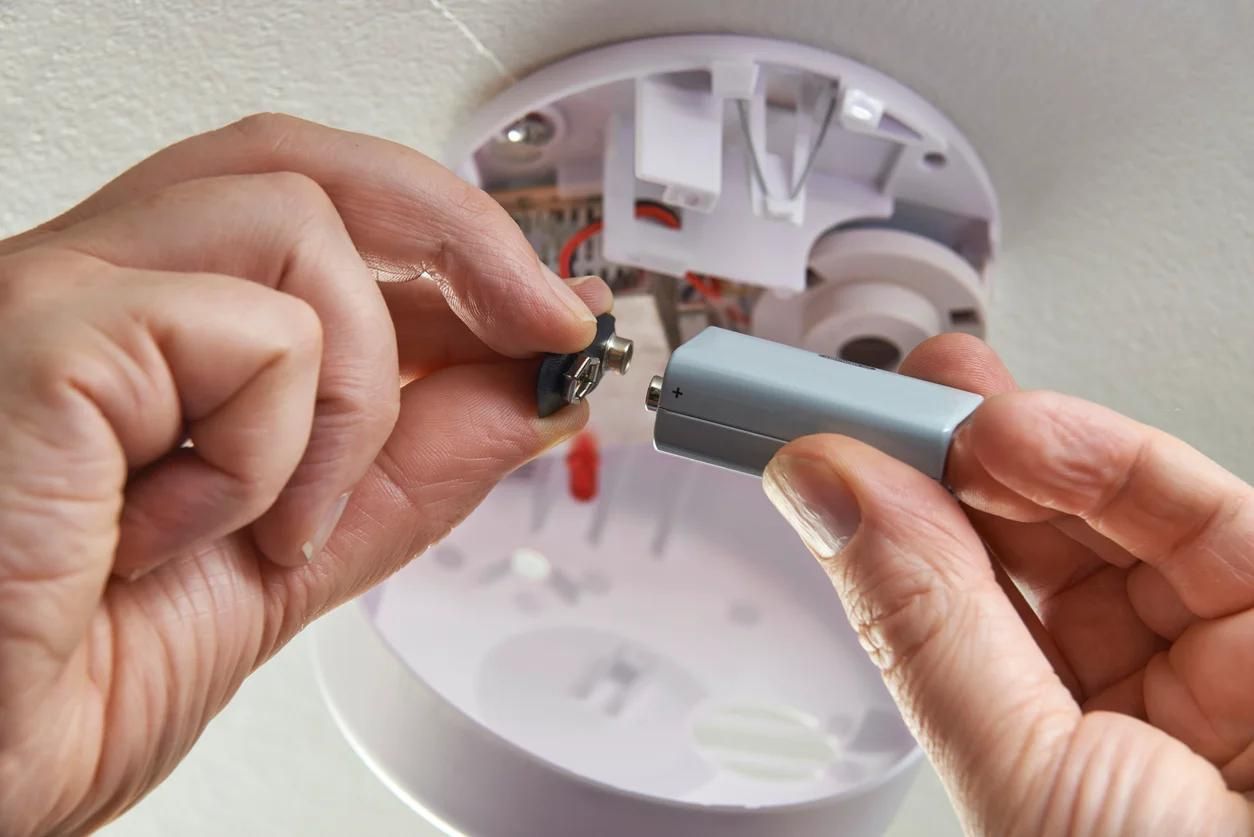
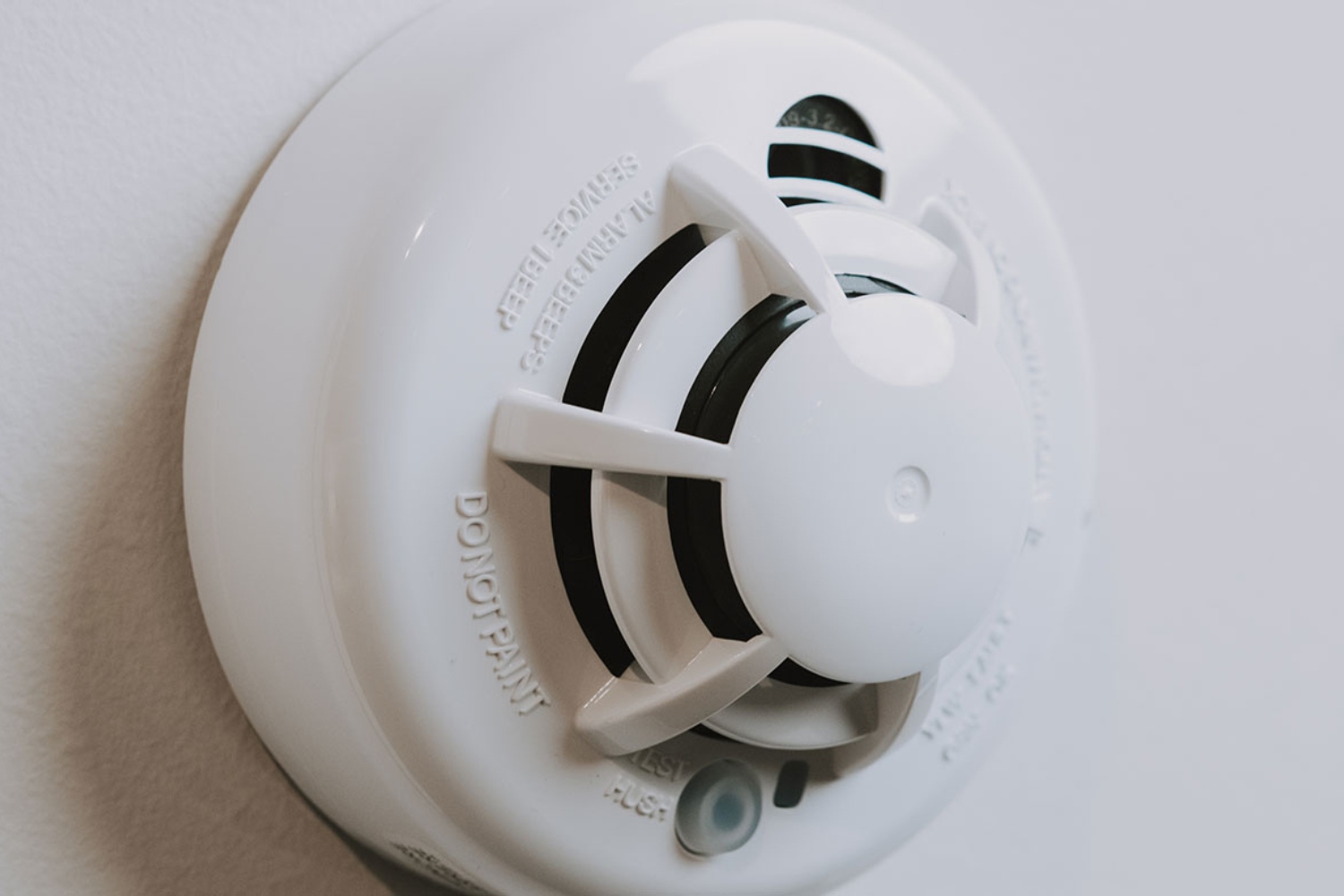

0 thoughts on “How Do You Know When Smoke Detector Battery Is Low”